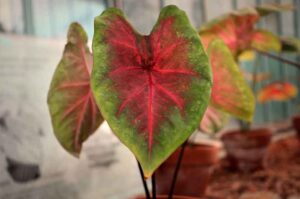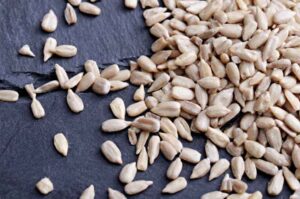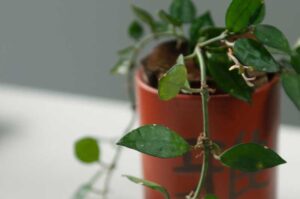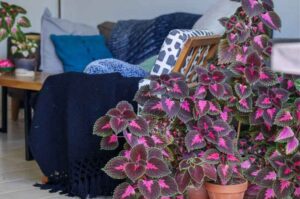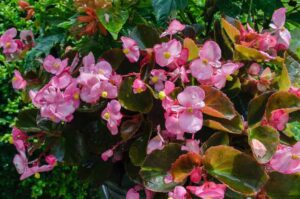How do self watering pots work? Complete working principle
Self watering pots or planters– from the name you might think that it is going to water your plants to its own and you have to do nothing, no need to manually irrigate your plant in a fixed regular interval. But wait. You are not completely right. By the end of this article, you will get complete detail about How do self-watering pots work.
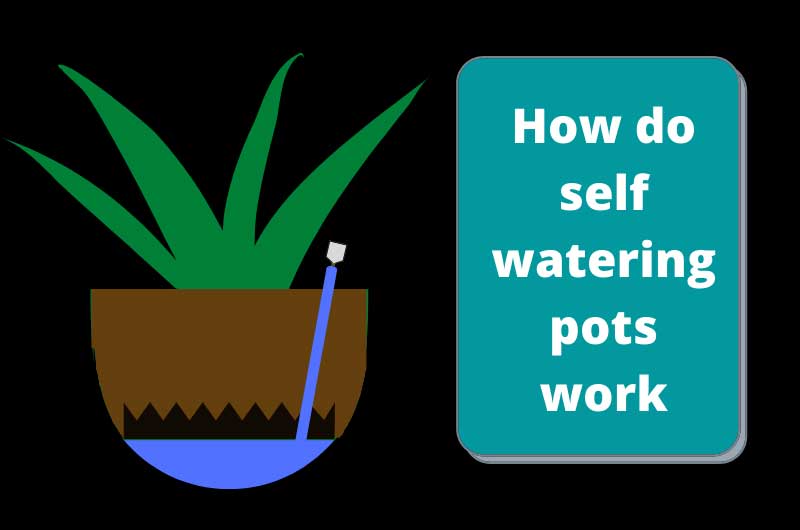
What is a Self-watering pot?
A self watering pot takes water from a reservoir by the action of wicking or capillary rise and supplies it to the plants. Your duty is to only top up the water reservoir whenever it is empty. You don’t have to worry about watering your plants daily, rather you have to fill the reservoir and it will do the rest of the work for you.
Working principle of a self-watering pot
A self watering pot runs on a principle of capillary action or wicking action of water. Due to the property of water to rise in capillary tube water can beat the gravitational force and move upward. It is a simple science you have taught in school.
Capillary action is caused due to the intermolecular force of attraction among the liquid molecules and the attraction between the liquid molecules with the solid molecules of the narrow tubes, within a small space.
Force of attraction among the same molecule is called ‘force of cohesion’. Due to this force, the water molecules in the raindrops hold together.
Force of attraction between two different molecules is called ‘force of adhesion’. Due to this force, the due and mist are found on your car windshield, on your window, on the leaves of different plants, etc.
When the force of adhesion between the water molecules and the molecules of the wall in a solid tube is more than the force of cohesion among the water molecules, the water tends to move upward beating the force of gravity. This will only happen if the diameter of the lumen of the tube is very small. This phenomenon is called the capillary rise of water or the wicking action of water.
When the plant roots absorb moisture from the soil, the water from the reservoir moves upward due to the wicking action and makes the potting soil moist.
In a self watering pot, the above principle is used to draw water from a water reservoir and supply it to the potting mix in which your plant rests.
This is the principle behind how the self-watering pots work.
How do self-watering pots work
Before getting into the working concept of self-watering pots, let us take a look at different parts of the self-watering pots.
Different parts of self-watering pots are
1.Planting container
2.Water reservoir
3.Fill tube
4.Water level indicator
5.Overflow hole
6.Drainage hole and plug
7.Wicking system
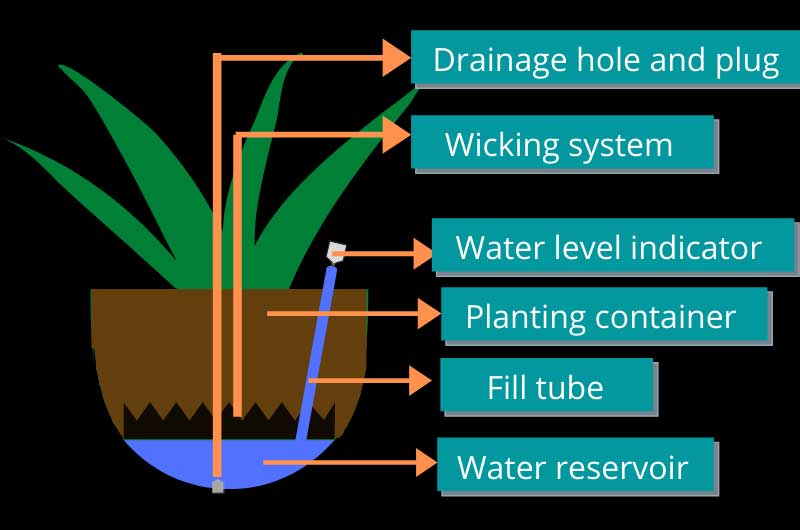
Now let us discuss them in detail
1. Planting container
It is the container placed on the above side of the self-watering pot or planter, which holds the plant along with the potting soil. Before filling the potting soil make sure that the potting mix is moist so that it can effectively draw water from the reservoir.
2. Water reservoir
It is the container placed below the planting container. It reserves the water which is transferred to the potting mix when required, by the action of capillary force or wicking mechanism. The water reservoir has to be filled when the water level goes down. To indicate the water level an indicator is there. Also to fill the reservoir, a filling tube is there.
3. Fill tube
It directly connects to the water reservoir. When the water level goes down the water is to be filled in the reservoir through the fill tube.
4. Water level indicator
It is an indicator that shows the water level in the reservoir. It simply works on the floating mechanism.
5. Overflow hole
It is a hole through which excess water is overflowed. It prevents the excess water in the reservoir and also prevents the potting soil to be over-saturated. The main objective of the overflow hole is to prevent the plant to sit on oversaturated soil.
6. Drainage hole and plug
The main objective of this hole is to remove the water completely from the reservoir. It is necessary for the winters as in some places during the winters the water freezes and block the entire system. It is also harmful to the plant as it may lead to chilling injury in the plants. Therefore the drainage hole is an important part of the self-watering pot. At the rest of the time, other than winter the hole is closed with a plug.
7. Wicking system
A wicking system delivers the water from the reservoir to the potting mix in the planting container. To make this wicking system you can take any absorbent material such as some microfiber cloths or some pieces of rope. One end of the rope is placed at the water reservoir and another end at the potting soil. Water from the reservoir moves to the potting soil through the cloth by capillary action.
How do self-watering pots work
Plant roots absorb water from the soil and the moisture level in the soil gradually decreases. It leads to the absorption of water from the wick or cloth present in the soil as a part of the wicking system. Due to the capillary rise the water from the reservoir rises to the potting soil and makes it moist.
In this way, a continuous supply of water to the plant is achieved as per the need of the plant. If the plant doesn’t need much water then it will absorb less water from the soil and indirectly less water should be lost from the reservoir.
Before filling the soil make sure that the soil should be moist so that the function of the self-watering system should be started easily. You can also mix cocopeat in the soil to make the soil looser and improve the water holding capacity of the soil.
Now let us discuss some pros and cons of self-watering pots.
Advantages of self-watering pots
Judicious use of water
Since the water is not applied from the top of the plant, there will less water loss due to evaporation. The water is stored in the reservoir, where it is very little or all most no chance of evaporation loss of water. Only that much water is used which the plant use, the rest of which is stored in the reservoir.
Allow the plant owner to roam around freely
As the owner does not have to worry about water his/her plant daily, he/she can roam around freely. This unique innovation will also allow the plant owners to go on a long trip without any tension about the plant. Once he filled the reservoir then no need to worry.
Healthy and fresh plant
As the plant does not undergo water stress conditions, due to the self-watering pots, the plants will remain evergreen and fresh.
Prevents the diseases
As the water is supplied to the plant as per the need, there will be no waterlogging condition, and diseases like root rot and plant wilting can be easily avoided. It also prevents some fungal diseases which occur when the leaves come with direct contact with the water.
No leaching loss of nutrients
As in the traditional pots the nutrients runoff along with the run-off water, there is no such problem in the case of self-watering pots.
Problems with self-watering pots
There are a few problems with self-watering pots which are
Not suitable for all pants
This system is not suitable for succulent plants, those who need completely dry soil between two watering.
Not for large plant
This system is only available for small indoor plants, but not available for large plants.
Expensive than regular pots
These self watering pots are more expensive than regular pots.
Conclusion
Here is the complete detail about how the self-watering pots work. A simple science with a little bit of modification and improvement makes this system so user-friendly that now this is a trending topic for modern-day gardeners.

